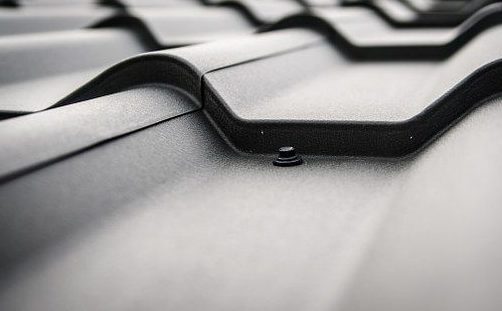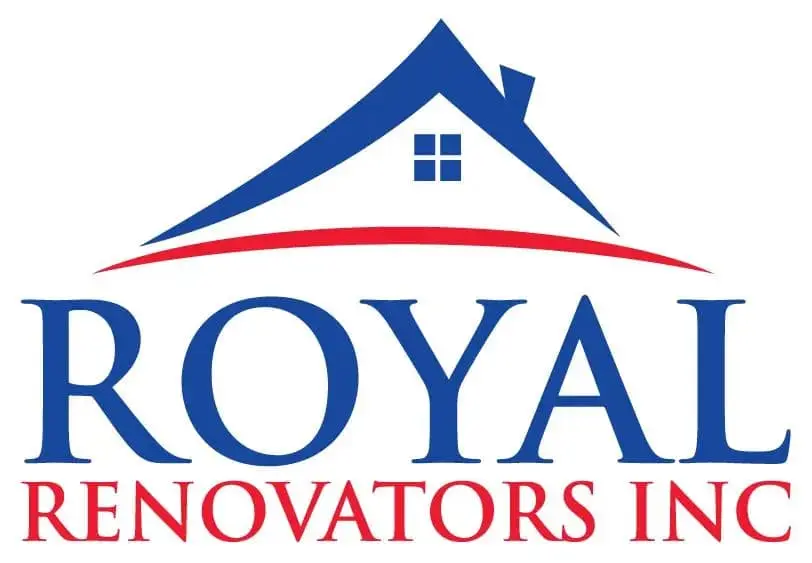The Best Roofing Membranes In The Industry

Every building comes with coverage from the elements. As more properties are being constructed, more alternative types of roofing membrane materials have become available. As all roofs are not entirely alike, the choice material varies as well. If you have a flat roof or a pitched one, and you are in the market for any roof repair or replacement call, you may want to consider the different types of membranes and the very best in the industry.
The Top Choice Roofing Membranes
Epdm
The ethylene propylene diene monomer, otherwise known as EPDM or EPDM rubber is the most popular type of thermoset roofing system, used by most Americans. It’s made from synthetic rubber or similar materials, which are bonded together, forming a continuous membrane. EPDM can be installed using fasteners to mechanically anchor it, ballasting it with stone, or using adhesive. EPDM roofing systems are widely used roofing materials due to its vast advantages. Also, its ease of installation and lower routine maintenance needs makes it a premium choice of roofing membrane by most homeowners.
Pros
- Low maintenance and ease of installation
- Resistant to water leaks and natural wear and tears like scuffs and scratches
- Very durable, can Last Up to 20 Years or more with proper care
- Ability to withstand damaging effects of sun-rays and chemicals found on roofs
- Very versatile
Cons
- Absorbs a large amount of heat
- Requires a reflective top coating
- Addition of a white reflective layer can be an extra cost
- Excess heat absorption can increase energy costs
Pvc
Polyvinyl chloride (PVC) and TPO are the famous members of the thermoplastic membrane family. Given its numerous benefits, it’s no brainer why this material is one of the most used roofing material. Although it is made likely as the EPDM rubber, its seams are however heat-fused to form a continuous membrane. The PVC roofing systems are a reliable choice. It has a longevity that stretches for over 20 years. Also, its availability in white color helps it reflect harsh UV rays and makes an energy-efficient roofing option. Been able to withstand up to 300 pounds per inch, which is a 100 pounds heavier than the industry recommended standard goes to show how well the PVC has gone to occupy an enviable space in the roofing industry.
Pros
- It’s very durable and can last for 30 years
- It’s impervious to water
- Perfectly reflects UV rays
- Very strong, can withstand up to 300 pounds per inch
- Energy friendly roofing system
Cons
- Requires periodic inspection
- The high cost of maintenance
- Can form cracks or grabs within the seams
Tpo
Thermoplastic Polyolefin (TPO) is much like PVC. It comprises of polypropylene and ethylene-propylene rubber blend. It is very durable with high resistance to UV rays and water. The turn off is that this roofing material tends to age quicker and deteriorates mostly around the fasteners.
Modified Bitumen
Asphalt roofing structures are more linked to this roofing membrane. The modified bitumen is made from an asphalt base, rubber modifiers and solvents. The modifiers act to improve the general membrane’s flexibility and elasticity.
Pros
- Very durable
- Highly resistant to tears and punctures
- Can withstand trampling
- Low maintenance
Cons
- Absorbs heat
- Lesser energy-efficient option
With the advance in technology, more and more materials are bound to be received every other day in the industry.
